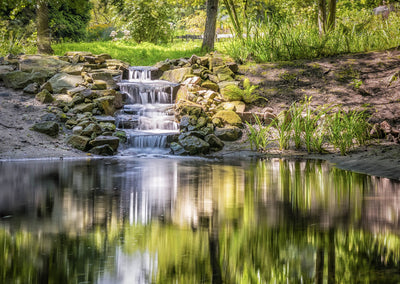Hydrangea petiolaris
Hydrangea petiolaris is a vigorous woody climbing vine plant, growing to 30 to 50 ft (9 to 15 m) height and 5 to 6 ft (2 to 2 m) wide. It grows up trees and rock faces in its native Asian habitats, climbing by means of small aerial roots on the stems. The leaves are deciduous, ovate, 4–11 cm long and 3–8 cm broad, with a heart-shaped base, coarsely serrated margin and acute apex. The flowers are produced in flat corymbs 15–25 cm diameter in mid-summer; each corymb includes a small number of peripheral sterile white flowers 2.5-4.5 cm across, and numerous small, off-white fertile flowers 1–2 mm diameter. The fruit is a dry urn-shaped capsule 3–5 mm diameter containing several small winged seeds. Height: 30-40 ft. (9-12 m) over 40 ft. (12 m) Spacing: 24-36 in. (60-90 cm) Hardiness: USDA Zone 4a: to -34.4 °C (-30 °F) USDA Zone 4b: to -31.6 °C (-25 °F) USDA Zone 5a: to -28.8 °C (-20 °F) USDA Zone 5b: to -26.1 °C (-15 °F) USDA Zone 6a: to -23.3 °C (-10 °F) USDA Zone 6b: to -20.5 °C (-5 °F) USDA Zone 7a: to -17.7 °C (0 °F) USDA Zone 7b: to -14.9 °C (5 °F) Sun Exposure: Partial to Full Shade Danger: Parts of plant are poisonous if ingested Bloom Color: White/Near White Bloom Time: Mid Spring Late Spring/Early Summer Mid Summer Late Summer/Early Fall Foliage: Deciduous Other details: This plant is attractive to bees, butterflies and/or birds Average Water Needs; Water regularly; do not overwater Soil pH requirements: 5.6 to 6.0 (acidic) 6.1 to 6.5 (mildly acidic) 6.6 to 7.5 (neutral)







